Everything you want to know about Kubernetes
(preferably before using it)

Guillaume Gelin
ramnes.eu 🇪🇺 🇫🇷




Chapter 1
The origins
Where we are coming from
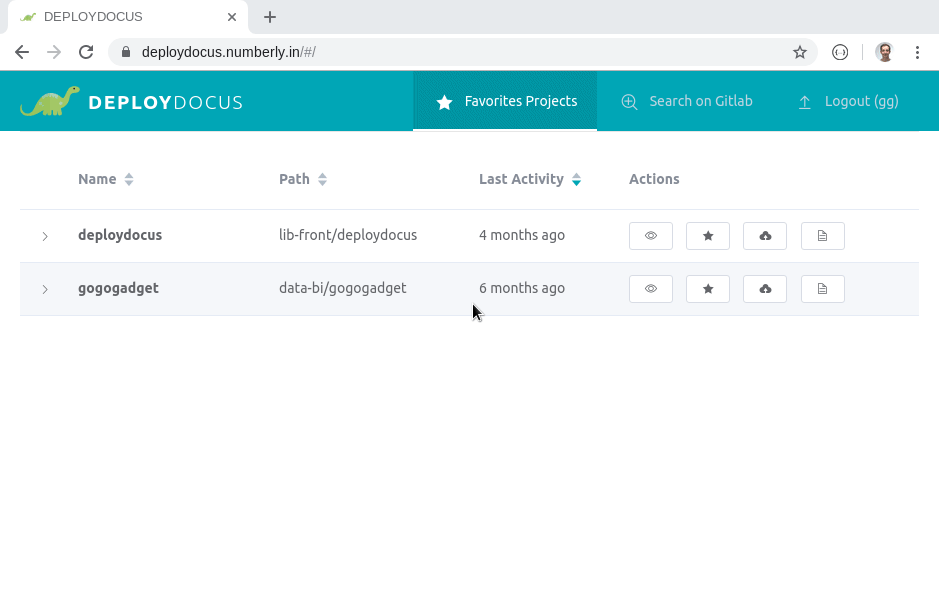
Kubernetes overview


apiVersion: apps/v1
kind: Deployment
metadata:
name: hello
spec:
selector:
matchLabels:
app: hello
replicas: 1
template:
metadata:
labels:
app: hello
spec:
containers:
- name: hello
image: numberly/hellodeployment.yaml
$ kubectl apply -f deployment.yaml
$ kubectl scale --replicas=4 deployment helloapiVersion: v1
kind: Service
metadata:
name: hello
spec:
ports:
- protocol: TCP
port: 80
targetPort: 8000
selector:
app: hello
type: ClusterIP
service.yaml
$ kubectl apply -f service.yaml
$ kubectl get all
NAME READY STATUS RESTARTS AGE
pod/hello-5688899d46-9nmzb 1/1 Running 0 23s
NAME TYPE CLUSTER-IP EXTERNAL-IP PORT(S) AGE
service/hello ClusterIP 10.16.0.122 <none> 80/TCP 19s
NAME READY UP-TO-DATE AVAILABLE AGE
deployment.apps/hello 1/1 1 1 24s
NAME DESIRED CURRENT READY AGE
replicaset.apps/hello-5688899d46 1 1 1 24s
Why Kubernetes?
-
Developers autonomy
-
Same tooling for everyone
-
Same vocabulary for everyone
-
Write once, apply everywhere (e.g. observability)
-
Transparent self-healing
-
Resources isolation

Software engineers
Infrastructure engineers
Chapter 2
Minimum viable cluster
Requirements we settled on
-
On-premise
-
Simple networking component
-
Highly available
Choices we made
-
On-premise
-
Simple networking component
-
Highly available
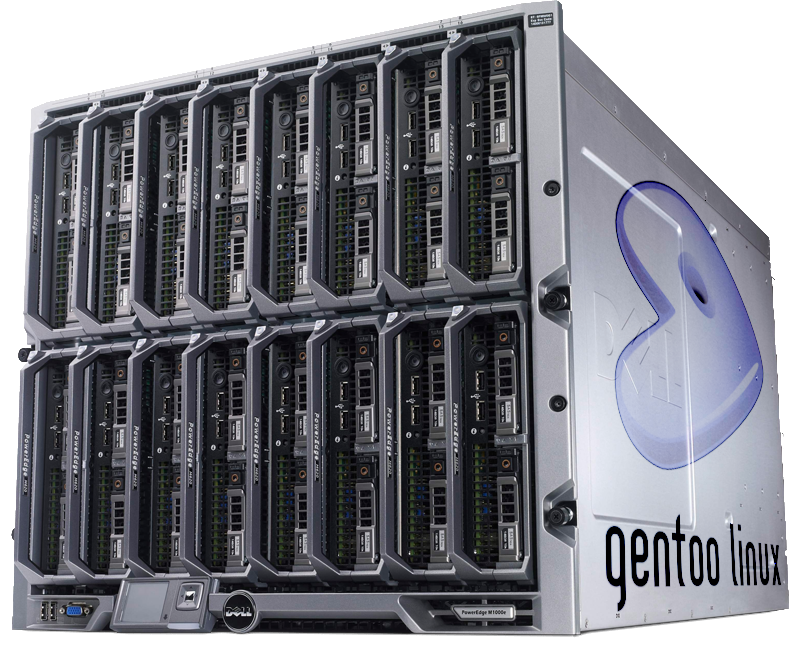
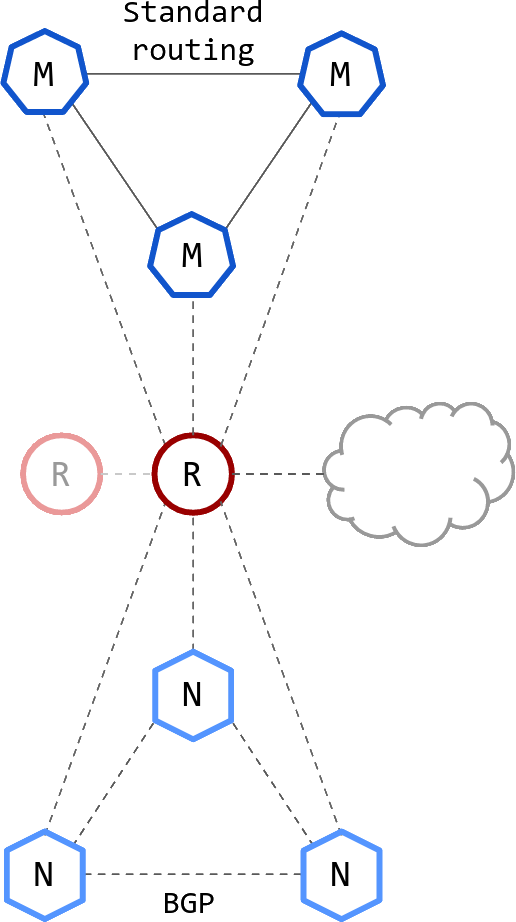
What you get or miss
at this point
Kubernetes is a platform for building platforms. It's a better place to start; not the endgame.
Kelsey Hightower
Chapter 3
Going further
A few more choices
Security
-
Encrypted etcd
-
Google sign-in + RBAC
-
Each team in its own namespace
-
"mustRunAsNonRoot" Pod Security Policy
-
"readOnlyRootFilesystem" Pod Security Policy
-
Default Network Policy ("deny *" by default)
-
Default Limit Ranges and Quotas

Developer-first experience
-
Automating as much as possible
-
Tutorials, templates, documentation
-
Certification
Tools we decided to use
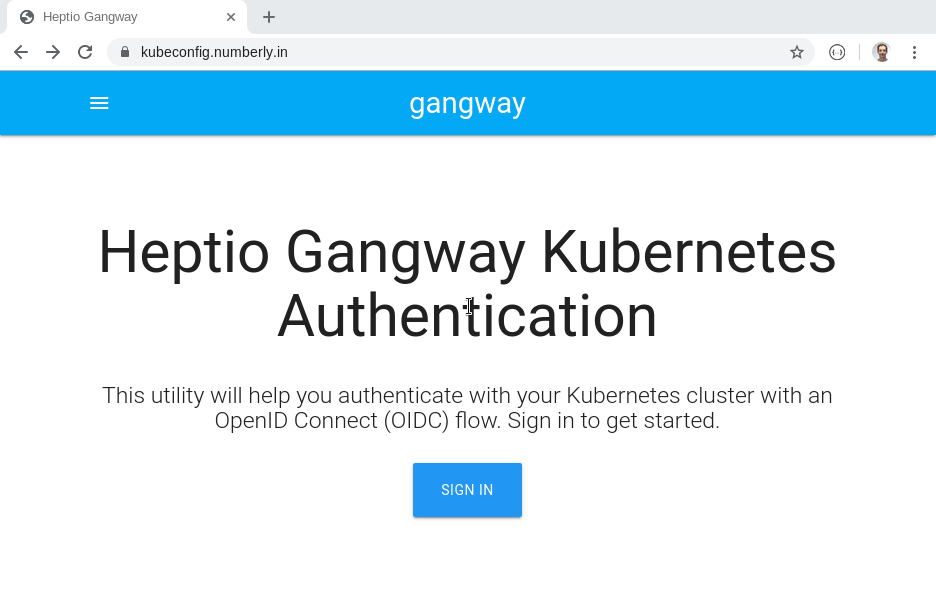




Tools we developed ourselves

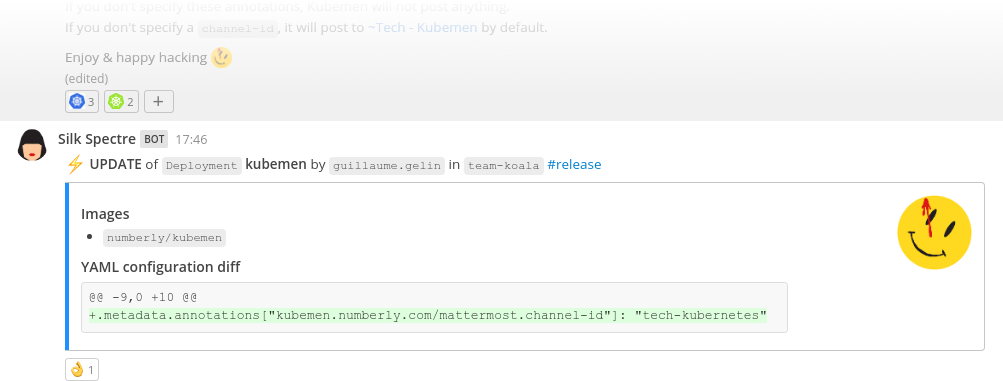

👀
Chapter 4
Nowadays
Current platform status
-
14 teams
-
100 users
-
400 pods
Live demo?
Next steps
-
Development workflows (Continuous Delivery?)
-
A “real” storage system
-
Vertical and horizontal auto-scaling
-
Distributed tracing (with a “service mesh”)
-
Chaos monkeys
-
More nodes
Chapter 5
Step back
Our opinion on Kubernetes
-
Becoming an industry standard
-
Really solved most of our problems
-
Operating Kubernetes is complex, using it is not
-
Still has a few missing pieces
Recommendations
-
Try the “user-side” with a free cluster (e.g. KubeSail)
-
For production, use Google Kubernetes Engine
-
Operate Kubernetes only if you can dedicate people